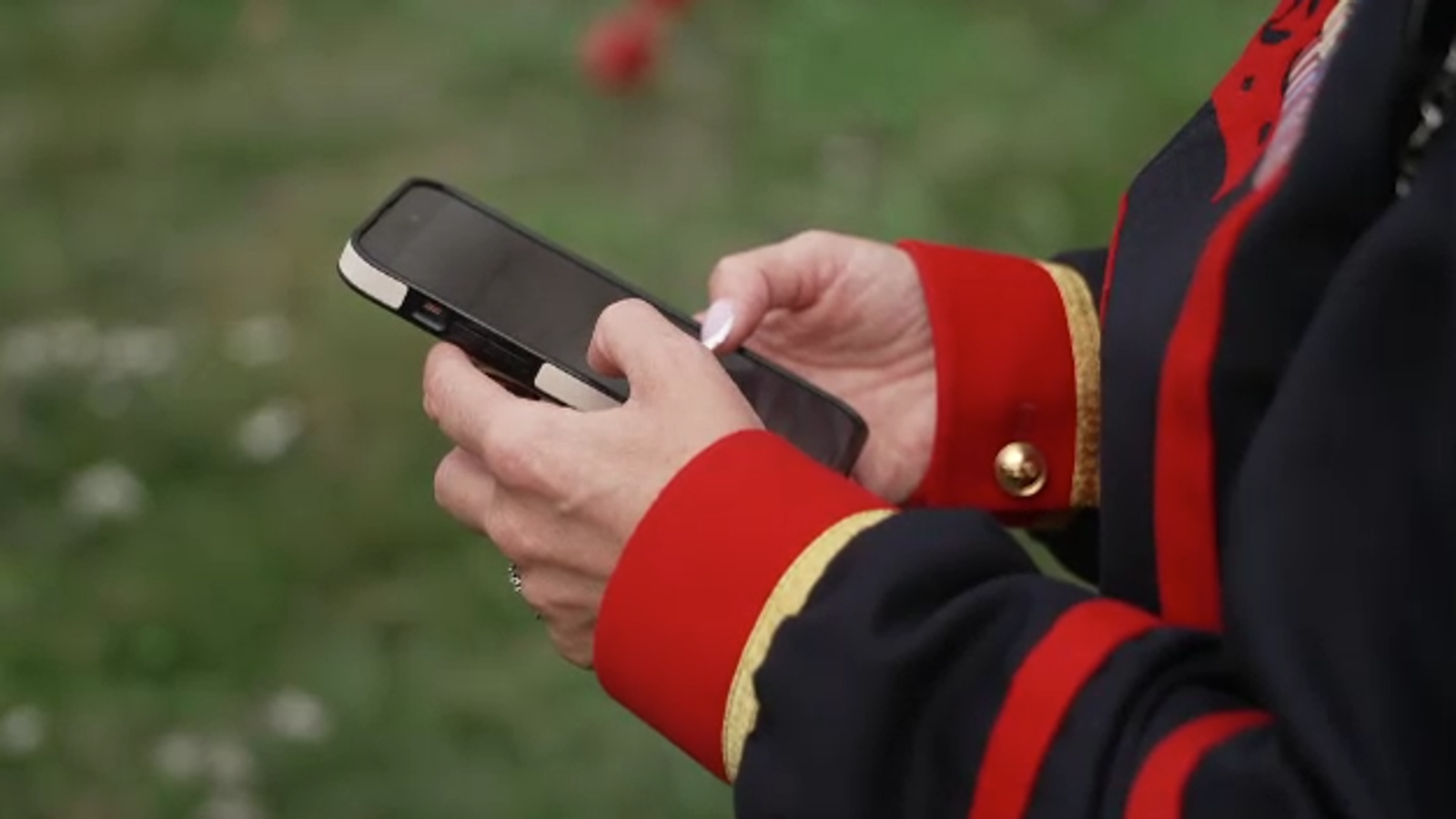Cliff Notes – Politicians are selling our data to US firms
- Digital veteran cards are now available for ex-members of the armed services, marking the initial phase of a broader initiative to digitise various forms of government identification by 2027.
- The government assures that personal data will remain secure with the respective ministries, eliminating the risks of centralised data breaches while streamlining access to services via smartphone.
- Amidst concerns over proposed mandatory digital IDs for right to work checks, officials stress that the goal is to enhance citizen engagement with government services and reduce administrative burdens.
The first digital ID launches today
From today, digital veteran cards are available for ex-members of the armed services – the first step in the digitisation of almost every form of ID.
No, this isn’t the controversial “mandatory” right to work checks announced recently – more on that later – but it is part of the same programme for pretty much all forms of government identification to be accessible on your phone by the end of 2027.
This will mean passports, driving licences, national insurance cards and many more being virtual instead of – or as well as – being stashed in a shoebox or under socks in a drawer.
At an event at the Tower of London – chosen for its millennia-old juxtaposition with the digital revolution – Beefeaters showed off their shiny new cards and joked of using it to get discounted food.
Tech hiccup
There was an occasional tech hiccup here and there with getting the cards downloaded, mostly due to dodgy internet, it seemed, but in general it was all smiles.
The minister in charge of the rollout, Ian Murray MP, crowed of the benefits of having documents on your phone and how it will make life easier.
“We all use our smartphones for everyday life,” he explained.
“So it’s about making the relationship with the citizen easier and making their access to government services easier.”
Mr Murray said he is looking forward to the end of “having to continuously fill out my name, my address, my telephone number” and instead just scanning his phone.





